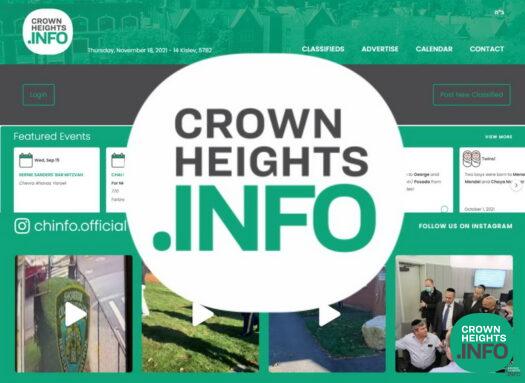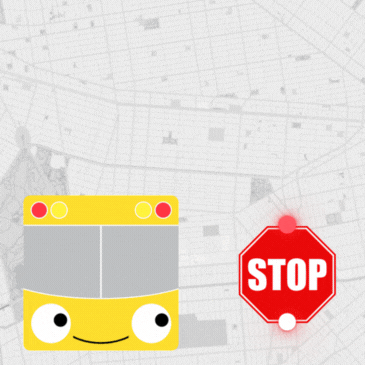
Color War in Israel
There’s a war raging in the streets of Jerusalem. It’s a color war.
About a month and a half ago, orange ribbons started showing up on car antennas. The symbol was appropriated from the Orange Revolution in Ukraine, the popular, peaceful movement that led to the annulment of a presidential election marred by fraud. Orange is also the municipal color of Gush Katif, the main settlement bloc in Gaza. The orange ribbon in Israel symbolizes support for Gush Katif and opposition to disengagement from Gaza.
The orange ribbon went semiotically unchallenged for weeks, until leftists and centrist disengagement supporters realized that the orange was boosting the morale of disengagement, even affecting opinion polls. Peace Now started handing out blue ribbons, to signify support for disengagement. Other disengagement supporters started sporting blue and white ribbons, the colors of the Israeli flag. A friend told me that she had heard a disengagement supporter teased on the radio for touting these “blue ribbons.” The word for ribbon (seret) also means “film,” and a blue film (seret kachol) is a pornographic film in Hebrew. The disengagement proponent was quick to point out to the radio commentator that it was a “blue and white” seret, not a blue seret. Blue and white are the colors of the Israeli flag. When I stopped by Peace Now to pick up some blue ribbons, I asked why just blue, referencing the unfortunate pun. The woman at Peace Now said (in Hebrew) that they called it seret be’tseva kachol (“a ribbon in the color blue”) to avoid the double entendre. (I think there is a subtle semantic difference between blue and white ribbons and a blue ribbon. A blue ribbon simply says “I support disengagement,” while a blue and white ribbon says “I support disengagement and I am a Zionist.” I’ve yet to find a source of blue and white ribbons.)
The day after Peace Now announced their blue ribbon initiative, I saw no blue-ribboned or blue-and-white-ribboned cars. The next day, I spotted one. The following day, a handful. For a week, the frequency of the blue- and blue-and-white ribboned cars increased daily, especially in the Moshava Germanit neighborhood, which is like the Upper West Side of Jerusalem. I saw one woman with blue and white ribbons in her hair and all over her backpack. The blue/white ribbons seemed to double after disengagement opponents threw nails and oil on highways and almost stoned and beat an Arab to death. However, the orange ribbons increased too, especially after the suicide bombing outside the Netanya shopping mall and the rockets in Gaza: orange ribbons on car antennas, rearview mirrors, side mirrors, backpacks, wrists. Orange flags. Orange wristbands. Orange t-shirts that say “Because we have no other country” in Hebrew. Orange posters. Occasionally I’ve seen blue, white, and orange ribbons tied together, which I assume means “I support the state of Israel and oppose disengagement.”
I put a blue ribbon on my door and tied a blue ribbon to my purse strap. I used to remove the blue ribbon when I entered the office, because I felt that the office was not an appropriate place to trumpet one’s political views. But when my coworkers starting wearing orange ribbons on their bags, I decided not to remove my blue one. I ran into a friend at a party, a peace activist, who had just returned from a two-month trip to the states. She thought my ribbon was a fashion statement. This prompted amazed laughter from me and another friend of hers: our politically aware friend had been out of the country for a couple of months, and was clueless about this ubiquitous war of political symbols. We explained to her what had been going on since she’d been out of the country. So she summoned another friend who was wearing orange pants, and asked if it was a political statement. (It wasn’t.) I explained that it was not pants, but ribbons and t-shirts. (That was before I spotted orange shawls on female disengagement protesters.)
So who’s winning the color war? I don’t know about other cities, but in Jerusalem, it’s orange by a long stretch. In the office parking lot where I work, I count nine or ten orange ribbons for every blue-white ribbon. An ad on a highway overpass for Orange, the French cellphone company that is popular in Israel, is flanked by orange ribbons. The other day, my boyfriend picked me up in his car with a new addition: an orange ribbon hanging from his rearview mirror.
The man in the cubicle next to me, a middle-aged man with three kids, took two days off to protest disengagement, sleeping on the lawn of a home in Gush Katif with hundreds of other protesters. When he returned, my coworkers started talking about the heavy-handed measures of the Israeli police and army: pulling a guy with a kippah off a bus in Maale Adumim, a large Jerusalem settlement, because he was probably on his way to the Gush Katif protest. Someone referenced a video (which I have yet to see) of a soldier purportedly gauging a protesters’ eyes with his thumbs and tearing his nostrils up. “Nazis,” another orange-wristed coworker said in response. I objected, and asked him: when treatment of Arabs by Israeli soldiers is compared to Nazism, doesn’t he object to this? Wouldn’t he call this anti-Semitism? (Even anti-disengagement leaders have objected to protesters wearing orange stars of David.)
I am dismayed by reports of police and army brutality, but seeing the anger it generates only cements my opinion that Israel has to get out of Gaza. In the past few weeks, Gush supporters have gotten just a little taste of what Palestinians have endured for decades: restriction of movement, inconvenience, area closings, heavy-handed police and army tactics, imminent eviction and home demolition. The co-worker who called these Israeli soldiers “Nazis” said he’s thinking of leaving the country and is deeply disillusioned with the state. If these things make a Jewish-Israeli citizen this angry at the State of Israel, occupation can’t be doing us any good.












